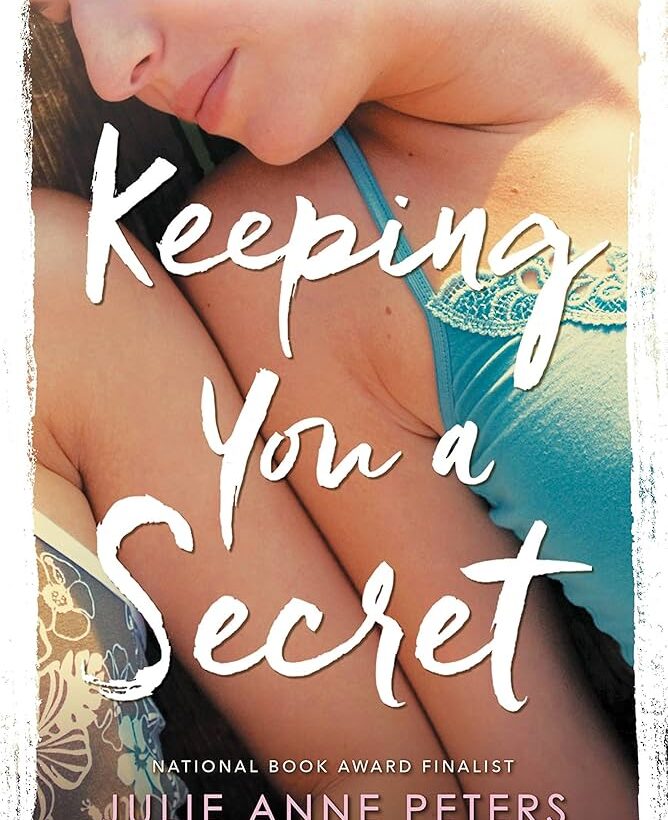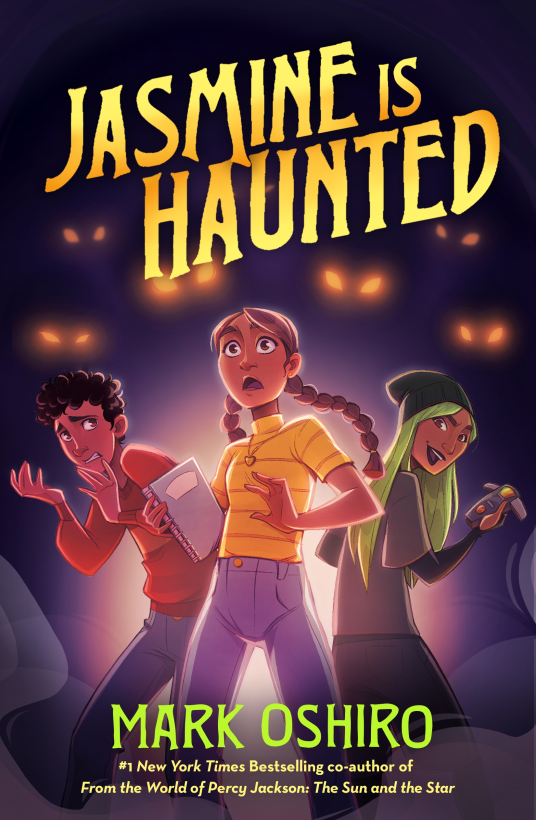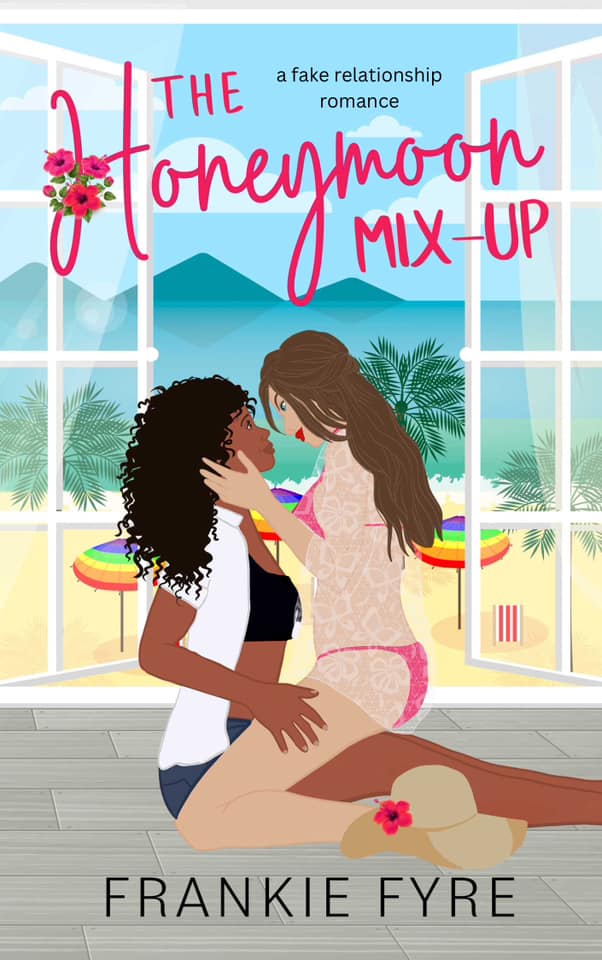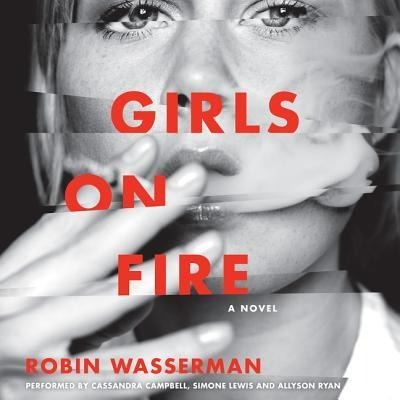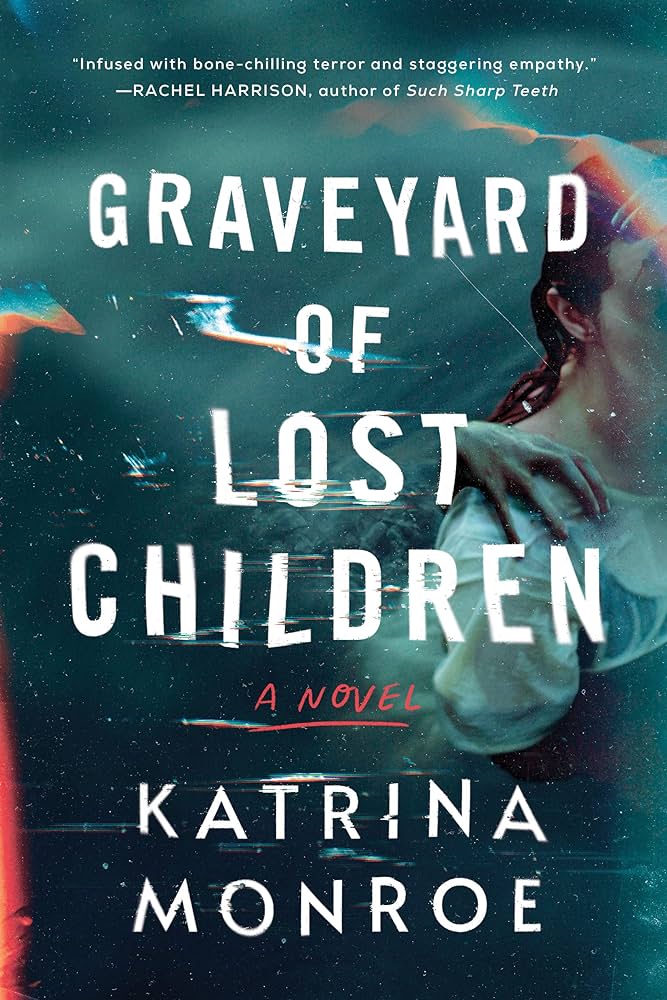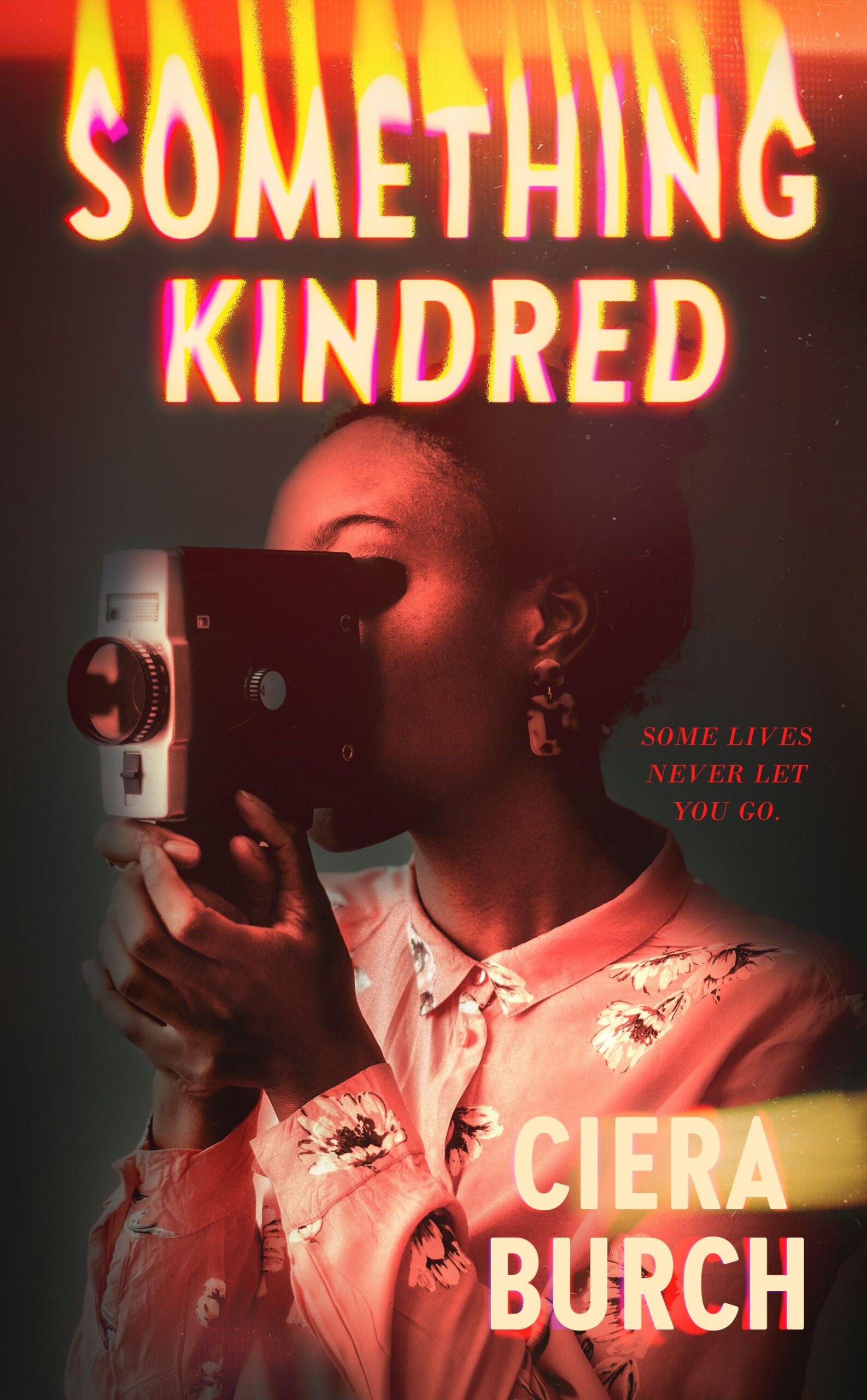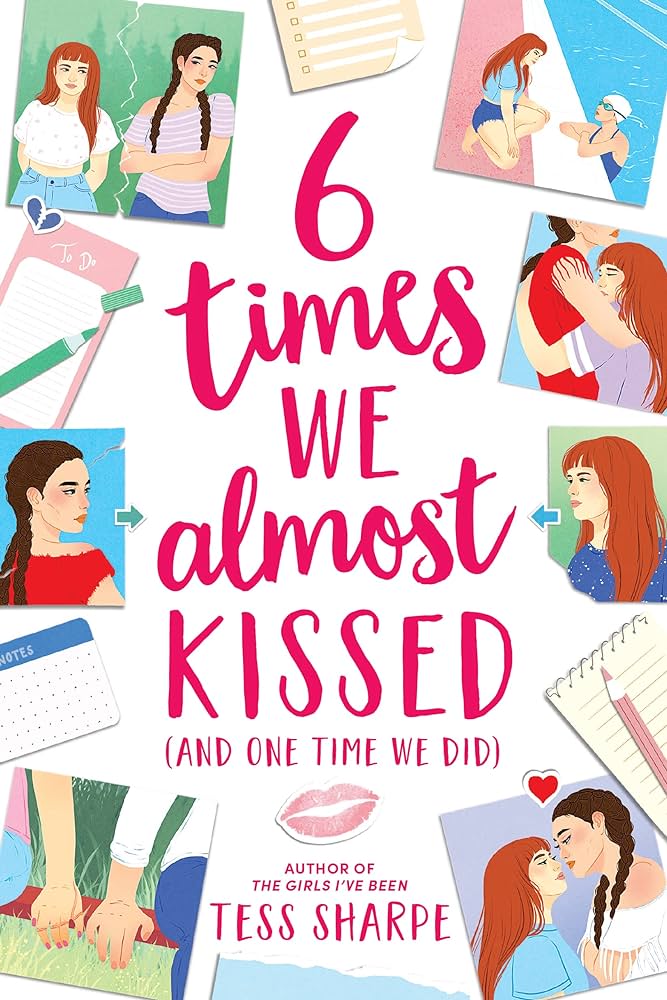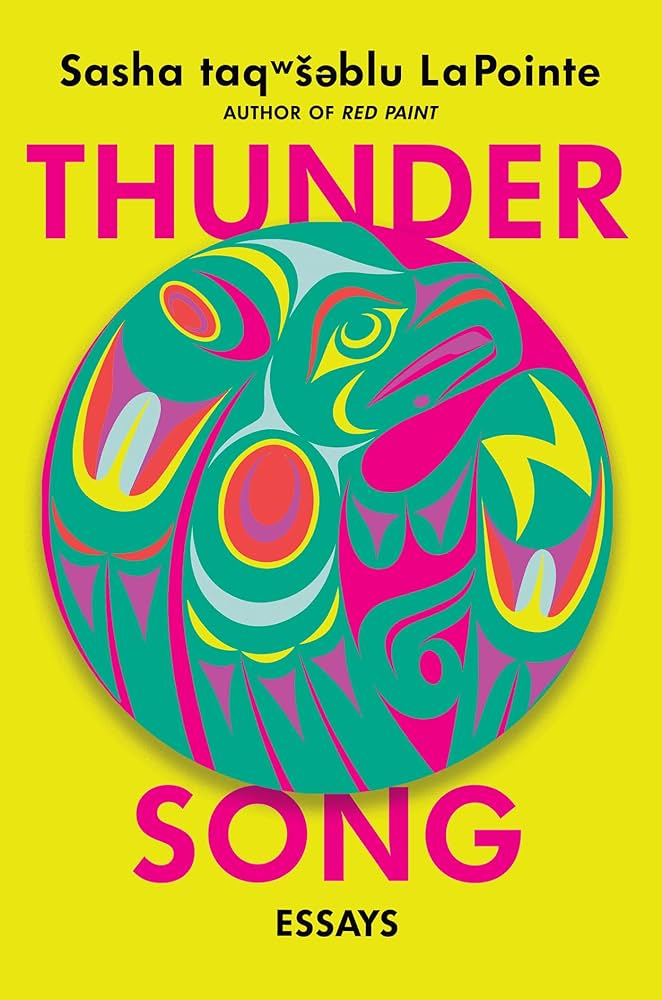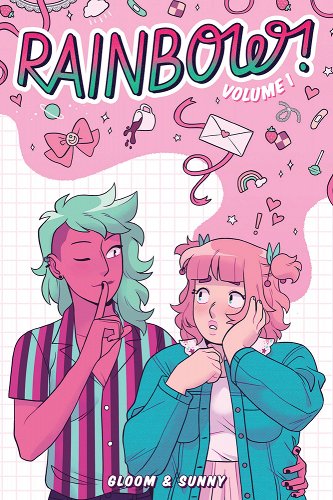Keeping You a Secret by Julie Anne Peters (she/her) is one of the first sapphic books I ever read. While I can’t remember exactly when I picked it up, my educated guess would be somewhere between high school and the beginning of college, probably before I ever even kissed a girl. This month, I decidedRead More
Grief and the Gay Supernatural Alliance: Jasmine is Haunted by Mark Oshiro
Jasmine Garza is tired of moving, she’s tired of switching schools, and she’s tired of her Mami not believing her. Ever since her father died, she’s been haunted—but not by him. By a ghost who wants to ruin her life, apparently, because it keeps getting her into trouble. She’s tried to talk to her MamiRead More
Fake Honeymoon to Real Love: The Honeymoon Mix-up by Frankie Fyre
Buy this from Bookshop.org to support local bookstores and the Lesbrary! Before my summer break ended, I decided to read a romance that gives off tropical vacation vibes. For this, I chose The Honeymoon Mix-up by Frankie Fyre, a fake romance set on the fictional Sapphire Isle, a resort dedicated solely to sapphic women. TheRead More
An Obsessive Female Friendship Turns Dark: Girls on Fire by Robin Wasserman
Buy this from Bookshop.org to support local bookstores and the Lesbrary! Two teen girls, Hannah Dexter and Lacey Champlain, become obsessively attached to each other in their rebellion and vengeful agenda against Nikki Drummond. Then dark secrets about what happened to Craig, the boy found dead at the beginning of the novel, begin to unravel,Read More
Ghosts or Post-Partum Depression? Graveyard of Lost Children by Katrina Monroe
Buy this from Bookshop.org to support local bookstores and the Lesbrary! After giving birth to her daughter, Olivia is struggling—not just with being a first-time mother, but mostly from being haunted. She hears voices whispering terrible things to her, a black-haired ghost is following her in her nightmares, and her body is deteriorating rapidly fromRead More
A Southern Gothic Coming of Age: Something Kindred by Ciera Burch
Buy this from Bookshop.org to support local bookstores and the Lesbrary! When I picked this up, I was expecting a horror novel. And that makes sense, because it does have a lot of ghosts in it. But the ghosts are more a part of the setting than the plot; while they’re literally present in theRead More
Traumatized, Angsty Bisexuals: 6 Times We Almost Kissed (and One Time We Did) by Tess Sharpe
Buy this from Bookshop.org to support local bookstores and the Lesbrary! Penny and Tate’s mothers have always been best friends—but the same cannot be said about the daughters’ relationship. Having clashed their entire lives, they must now put aside their bickering when Penny’s mom agrees to become a liver donor to Tate’s mother, as bothRead More
The Song the World Needs: Thunder Song by Sasha taqwšəblu LaPointe
Buy this from Bookshop.org to support local bookstores and the Lesbrary! This was one of my five star predictions for the year, and I’m happy to say it lived up to that expectation. Thunder Song is a collection of essays about being a queer Indigenous women in the U.S. today. It begins with LaPointe talkingRead More
The Joy of Demolishing Your Life: Astrid Parker Doesn’t Fail by Ashley Herring Blake
Buy this from Bookshop.org to support local bookstores and the Lesbrary! I read Delilah Green Doesn’t Care almost two years ago and loved it—especially the dynamic between Delilah and Astrid—so I couldn’t tell you why I took this long to read the next book in the series. I still find Astrid to be a fascinatingRead More
Sapphic Slice of Life in Pastels: Rainbow! Vol. 1 by Sunny & Gloom
Buy this from Bookshop.org to support local bookstores and the Lesbrary! Boo is a high schooler who likes cute outfits, daydreaming, and also the new girl at school (maybe). New girl Mimi—with her wild mint-colored mane, low tolerance for sleazy douchebags, and modern-day chivalry —seems like the perfect “prince” to give Boo the whirlwind high-schoolRead More
